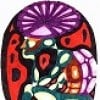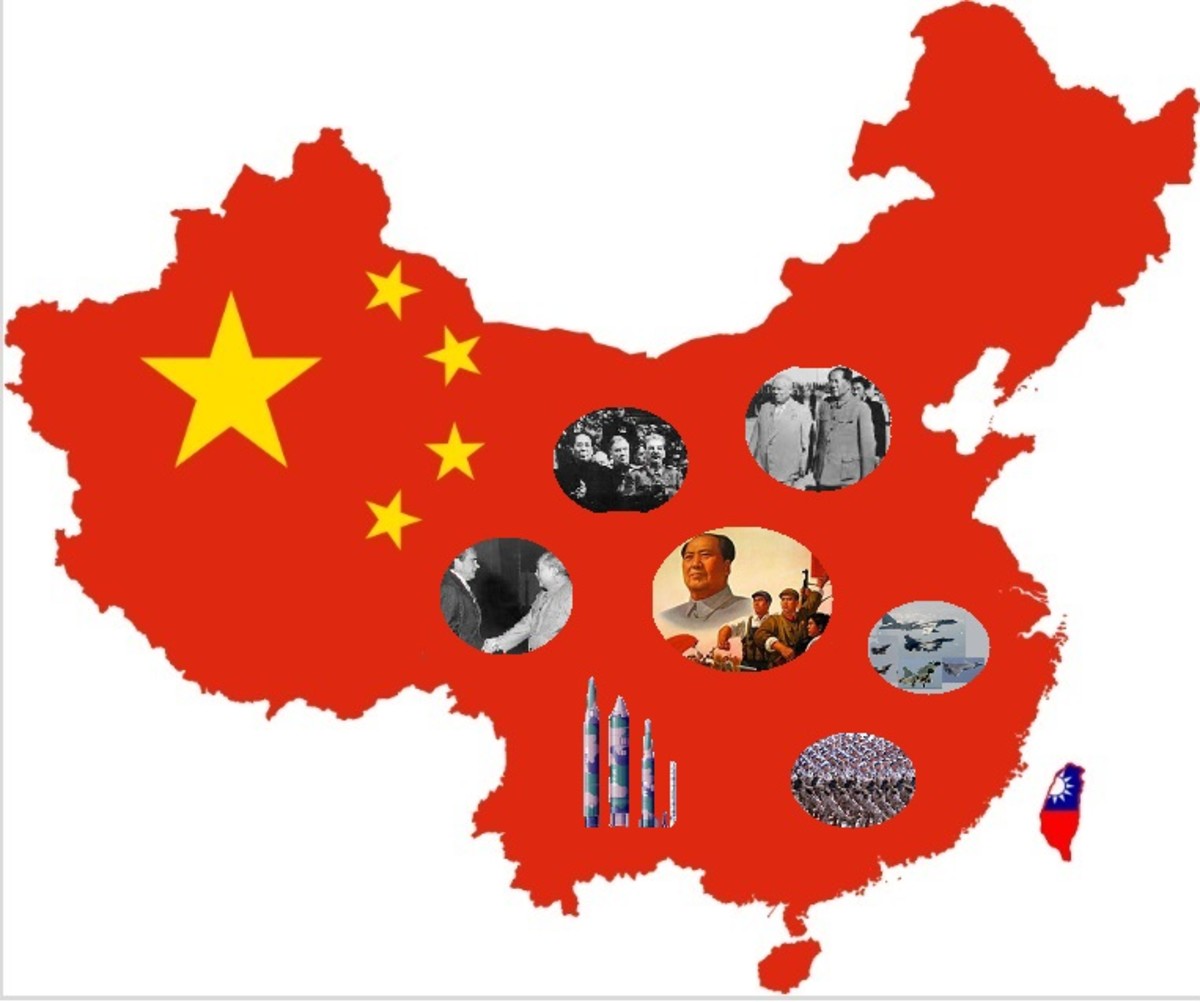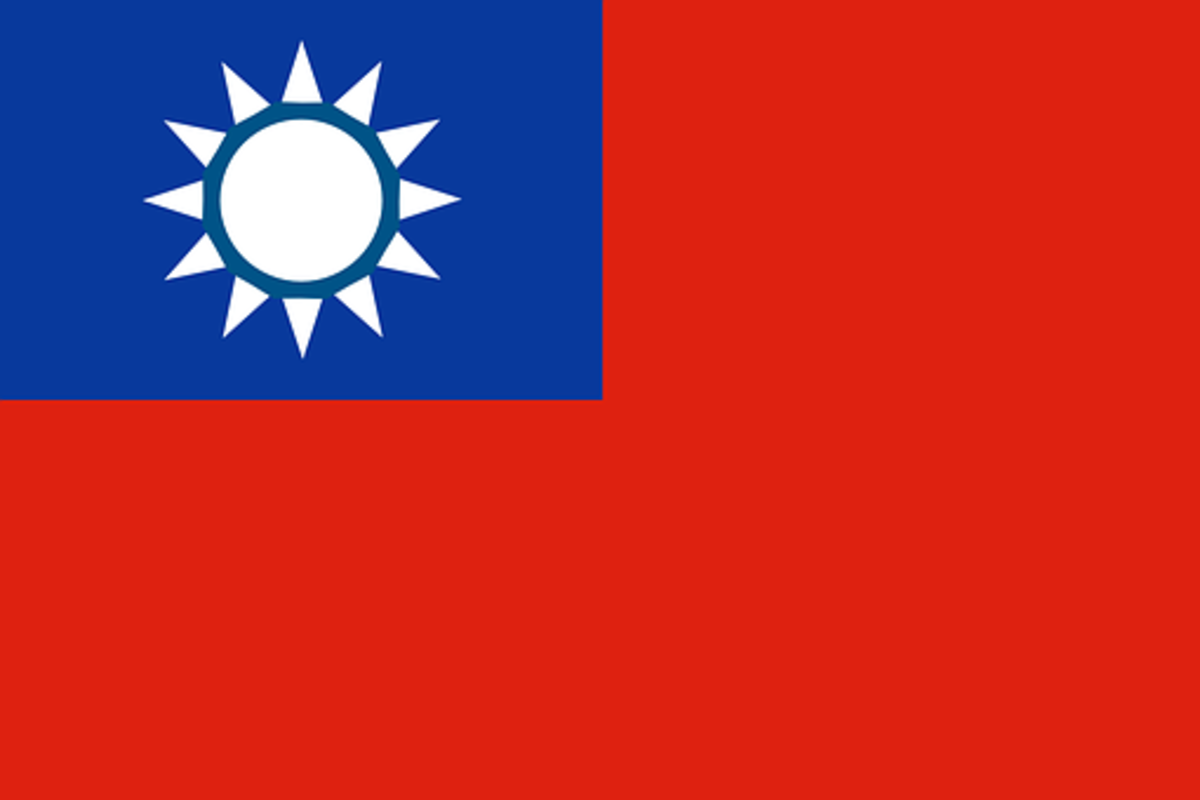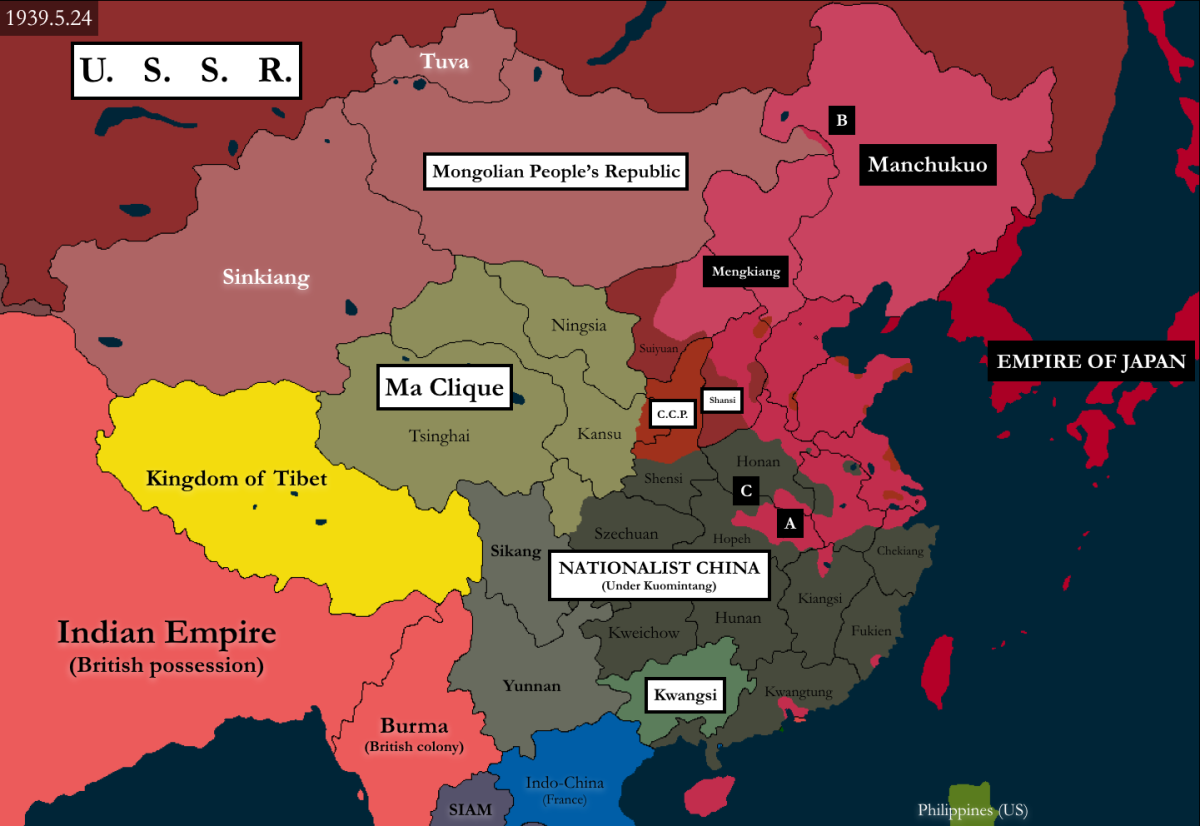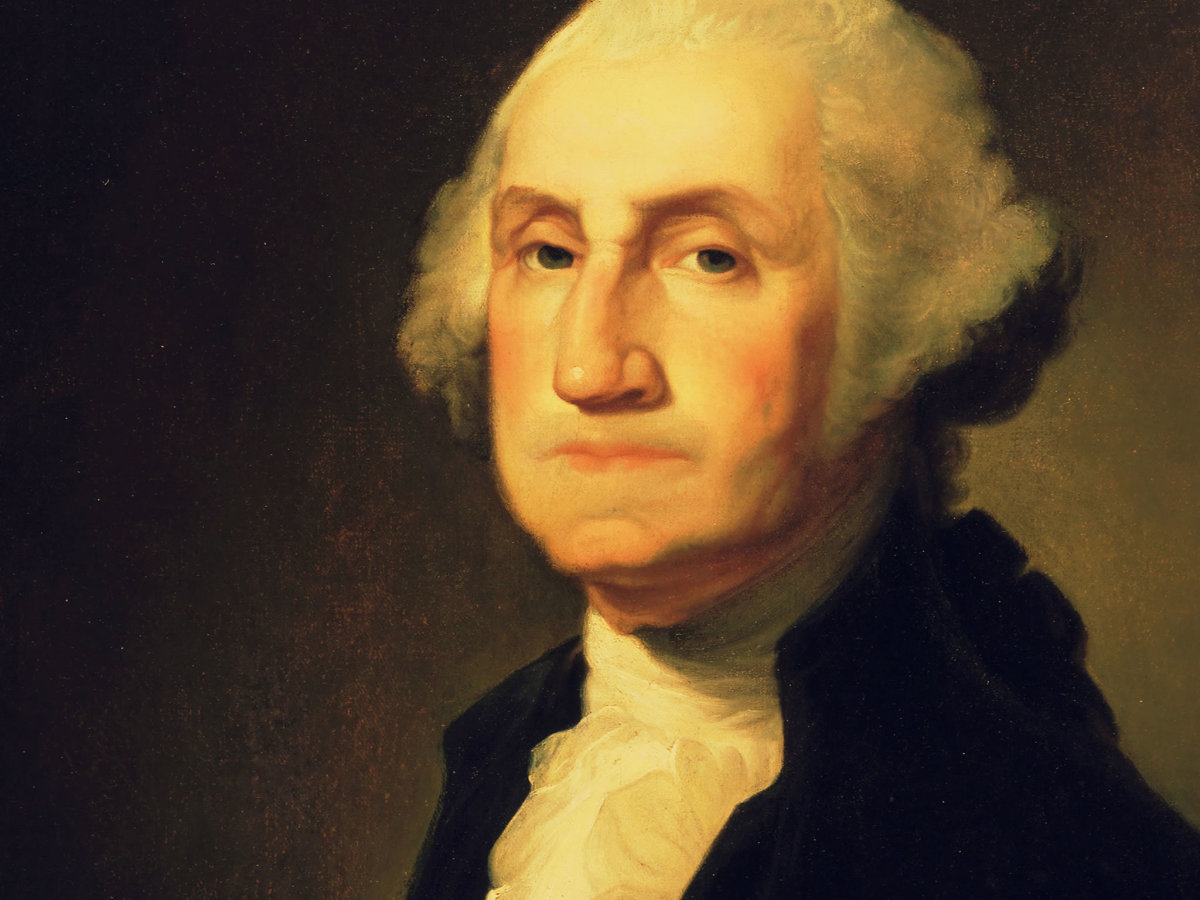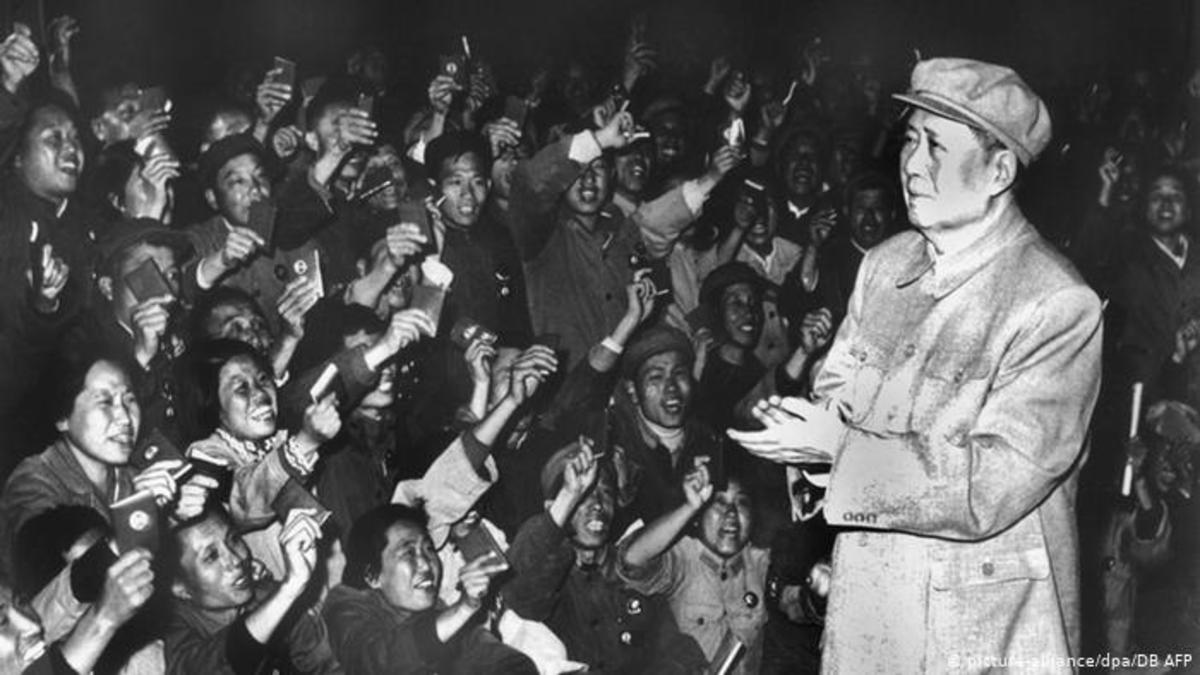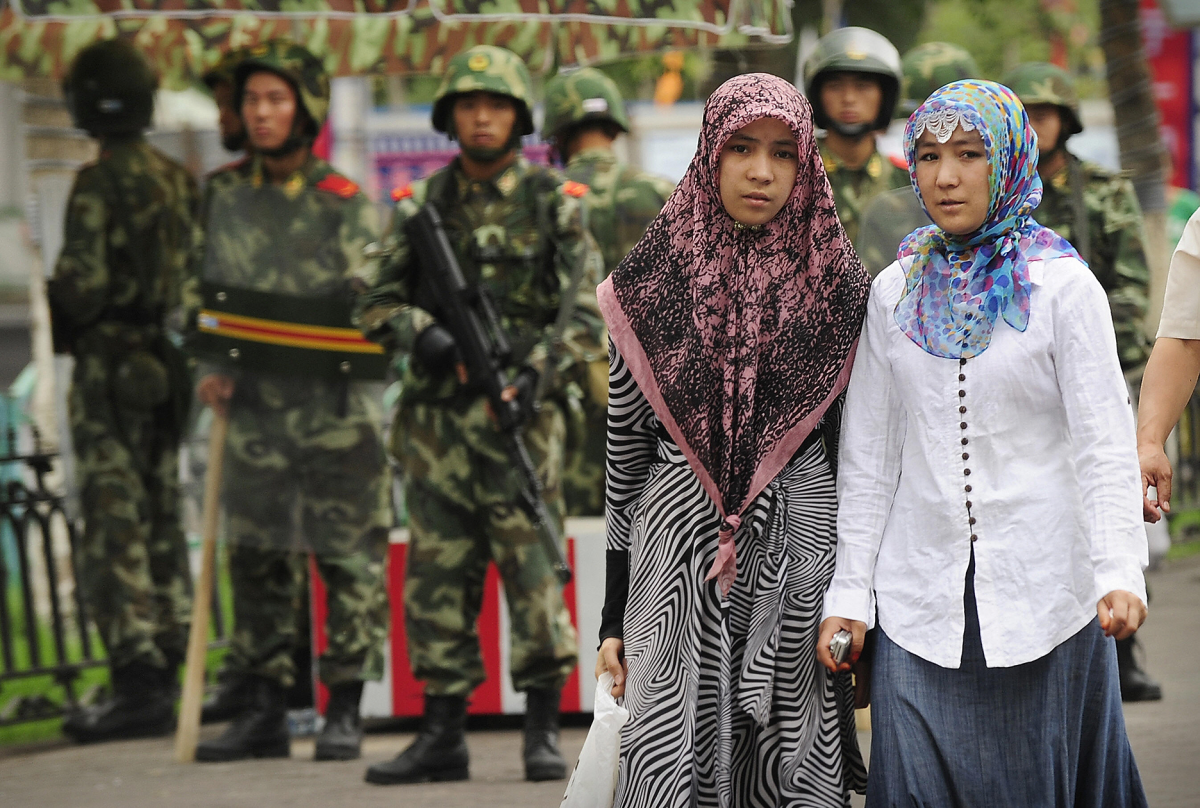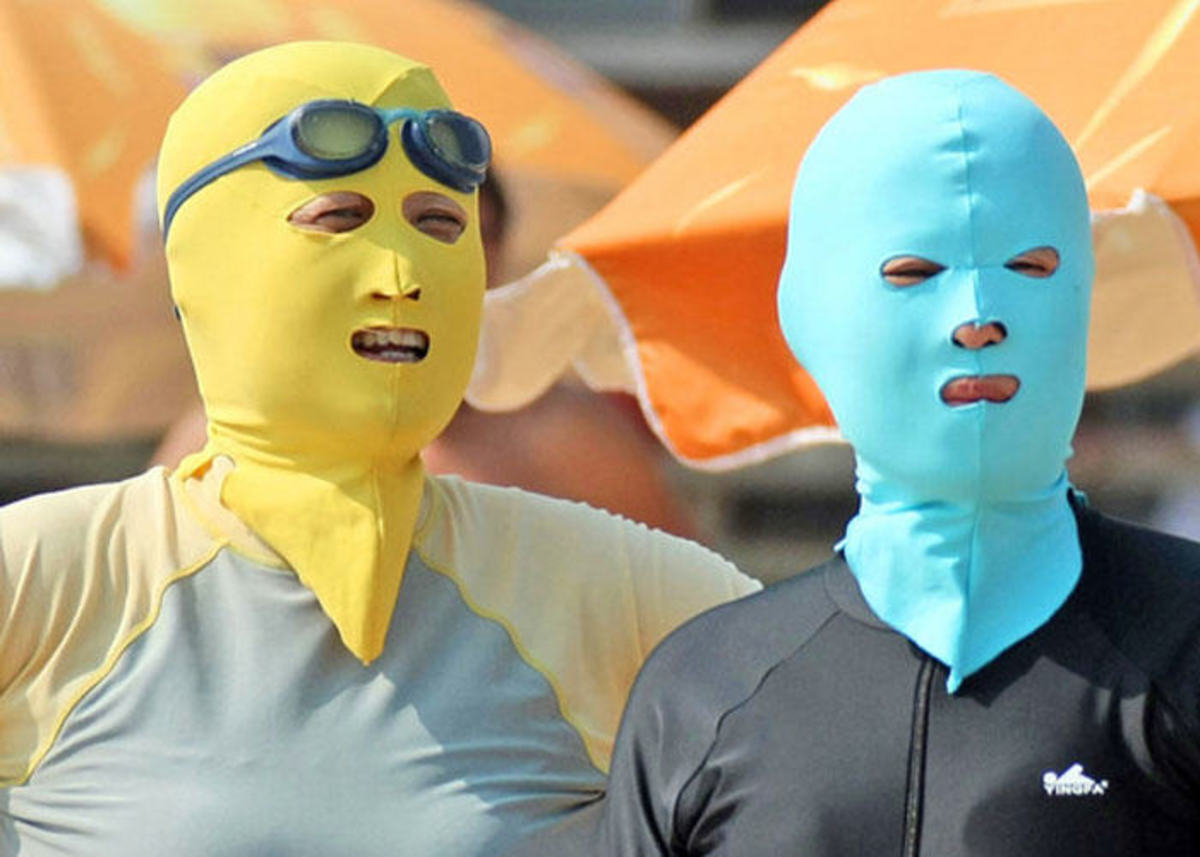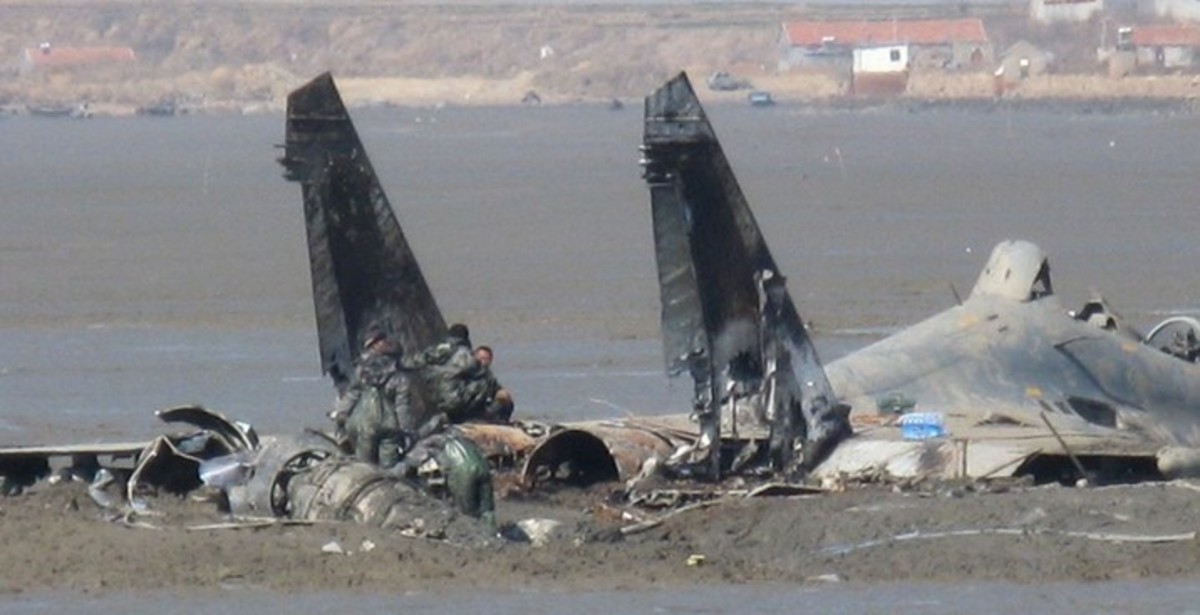Plight of Chiang Kai-shek
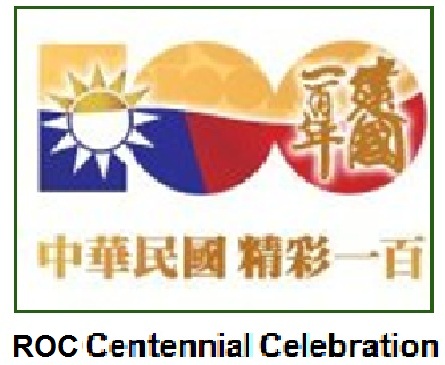
Chiang Kai-shek was the 17th president of the Republic of China . He was defeated in a civil war and lost the control of the mainland China to Mao Zedong who established the People’s Republic of China . Chiang retreated to Taiwan with the remains of his army of 600,000 and 2 millions refuges. Chiang re-organized his archaic political party, revitalized his dispirited soldiers, rebuilt the collapsing economics, and promised his followers that he would fight back and returned to their ancestral land. Chiang passed away due to old age in 1975 without fulfilling the last thing on his to-do list. On this 100th year anniversary of the founding of the Republic of China (1911 – 2011) , it is an appropriate time to review Chiang’s life and legacy.
1887 – 1910
Chiang was born in Xikou in Fenghua, Zhejiang to a well-to-do family. His father passed away when he was 8 years old. He was raised by his strict but loving mother and attended local school studying the traditional Confucius teachings. In 1906, he went to Japan to study in the university where he gained knowledge of the anti-Qing movement. He came back to China the following year to attend the military school in Beijing. In 1908, upon the recommendation of his friends, Chiang went back to Japan to attend the military training school and joined Dr. Sun’s revolution party
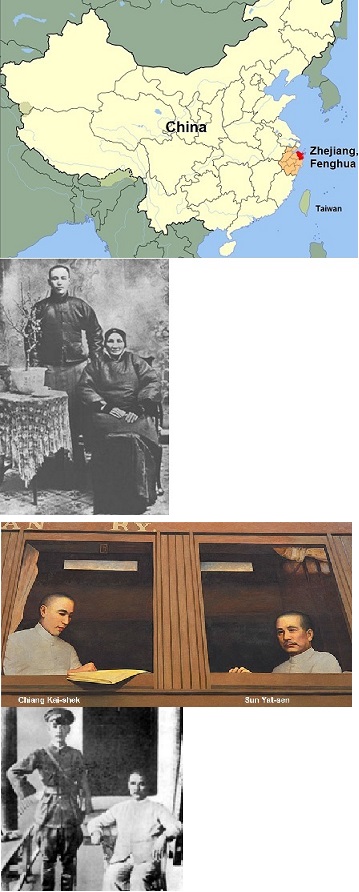
1911 – 1936
After the overthrown of the Qing dynasty in 1911, Chiang returned to China to help Dr. Sun to form the new government of the Republic of China . But, Dr. Sun had to give up his presidency to the powerful military force in the North, the remnant of the Qing’s new army. It soon turned out that the military power in the North had no intention to adhere to his Three Principles of the People and was wavering toward dictatorship and corruption. Dr. Sun realized that he needed a loyal, well-trained, and well-educated army to build his democratic government. In 1924, Dr. Sun established the Whampoa Military Academy in the South to train new recruits and appointed his trusted confidant, Chiang, as the superintendent.
Dr. Sun passed away in 1925 due to liver cancer. With the backing of the newly trained Whampoa army and the financial supports of his new wife’s rich relatives, Chiang marched north on a campaign to defeat the warlords. After 3 years of fighting and negotiating, Chiang succeeded in unifying the whole country fulfilling Dr. Sun’s dying wish of one government based on his Three Principles of the People.
During this period of China’s internal turmoil, Japan took the advantage and forcibly occupied China’s north-eastern territory. But, Chiang turned his attention to the Soviet-backed communist faction. He could sense that if the domestic communist threat was allowed to flourish and spread, it would one day destroy and replace his government (a scenario turned into reality in 1949). The external threat posed by Japan could always be quelled under a fully united country as no force is stronger than the free will of a billion people.
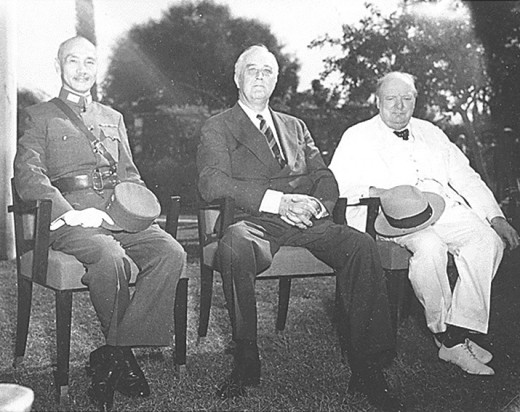
1937 – 1945
Japan started its full scaled invasion in 1937 planning to conquer and take over China and its vast resources in 6 months. Even though Chiang had more soldiers, he was facing a Japanese military that was better trained and equipped with an overwhelming air and naval forces that China was just beginning to build. With no help from an indifferent international community, Chiang determined to put up a resistance at all costs that included burning and destroying factories, flooding cities and rice fields to stop or delay the advance of the enemy. Chiang directed his army to confront the Japanese forces head-on at key locations for a total of 22 major battles, 1117 important battles, and 38931 skirmishes. In recognition of Chiang government’s gallant efforts in slowing down Japan’s aggression in the rest of the world, he was invited to the Yalta conference in Cairo with Roosevelt and Churchill in 1943. When Japan finally surrendered in 1945 after the two atomic bombs dropped on its cities by the United States, China had suffered a loss of more than 3 million soldiers, 20 million civilian causalities, and immeasurable property damages.
1946 – 1949
At the start of the Japanese invasion, the communist guerillas led by Mao had agreed to fight under the command of Chiang’s government. But Mao used the occasions to gain the support of the peasants, to spread his power bases, and to transform his guerrilla forces of several thousands to a regular army of a million strong. With the military and economic assistances from the United States, Chiang thought that his government was in a superior position to get rid of his political enemy. However, several crucial factors worked against his bloated expectation.
- Chiang’s army after 8 grueling years of fighting was tired and lacked the desire to kill its own countrymen.
- Mao’s army, on the other hand, was well rest and motivated to liberate China from its old ways.
- Corruption and bureaucracy ran rampant at the newly formed local governments.
- The country’s economy needed rebuilding, inflation was out of control, and wealth was in the hands of a few.
As a result, people lost confidence in Chiang’s government and were drawn to a new China promised by the Mao's communist. In 3 short years, with the backing of the country’s peasant majority and large scale defections in the battle front lines, Mao’s liberation army rolled over the better equipped but low-morale nationalist army in dramatic and easy fashion. Chiang’s worst nightmare became reality and all he could do was in preparation the retreat to Taiwan.
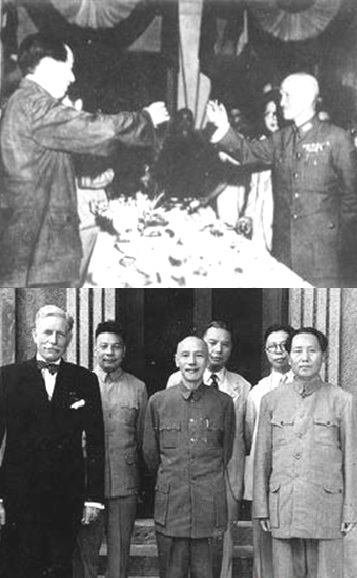
1950 – 1975
After moving his government to Taiwan, Chiang and his close advisors started to review his failures and undertook drastic and urgent changes.
- Socially, during the 1950s, Taiwan was in a state of uneasiness. There were 7 million people waiting to be fed. Among them, there might be communist spies and sympathizers and there were also the 5 million native inhabitants who had lived on the island for centuries and were not happy to see the mainlander came, took control, and changed their way of life. So, Chiang enacted the martial law to enforce calm and order. No doubt, in the process, innocent people were affected, the suspicious persons were imprisoned and sometimes, secretly executed, and the misplaced criticisms were not tolerated. There was no freedom of speech and press. The whole island was in a constant state of high alert as it tried to fend off the imminent invasion by the communist army from across the strait. To the law abiding citizens, it was a time to recuperate and build new families and better lives.
- Politically, whole scale reform was underway. The old party officials were relegated to ceremonial positions. The youth brigades who were trained and educated under the supervision of Chiang Ching-Kuo (Chiang’s only son) in the late 1940s were put in charge of the new government. Corruption was weeded out and absolute loyalty to the party was a must. Aside from building a strong army to protect the island, the government also put high priority on agriculture and economic developments.
- In education, great emphasis was placed on the study of Dr. Sun’s Three Principles of the People . Confucius teachings of self discipline of a learned man and strict family and social orders were imprinted at a person’s young age. Science, technology, and world trade were also taught to prepare the populace to compete in a modern world.
When Chiang passed away in 1975, Taiwan had been transformed into a self sufficient island with high per capita of educated citizens, proliferation of high-tech companies, and well-respected exported goods with Made-In-Taiwan trademark. In 1987, Chiang Ching-Kuo lifted the martial law and opened the government for the participation of other political parties. Today, the Republic of China is a democratic nation with freedom of speech and press while enjoying a high standard of living similar to that of the United States.
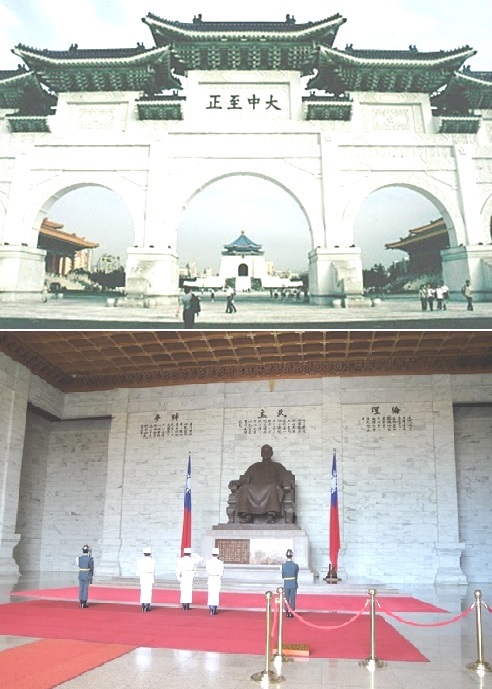
Epilogue
Chiang Kai-shek had lived through one of the most turbulent times in Chinese history. He witnessed the overthrown of the Qing dynasty, led the newly-trained Whampoa army to unify the warlord-torn country, was the commander-in-chief in the fight against the Japan invasion during WWII, and finally, after losing the civil war, laid the foundation to enable the Republic of China to celebrate its 100th birthday in Taiwan and its people to appreciate their 5000 years of rich culture heritage. Only a few human beings in mankind’s history were destined to walk through a life facing such complexities and shouldering such responsibilities.
